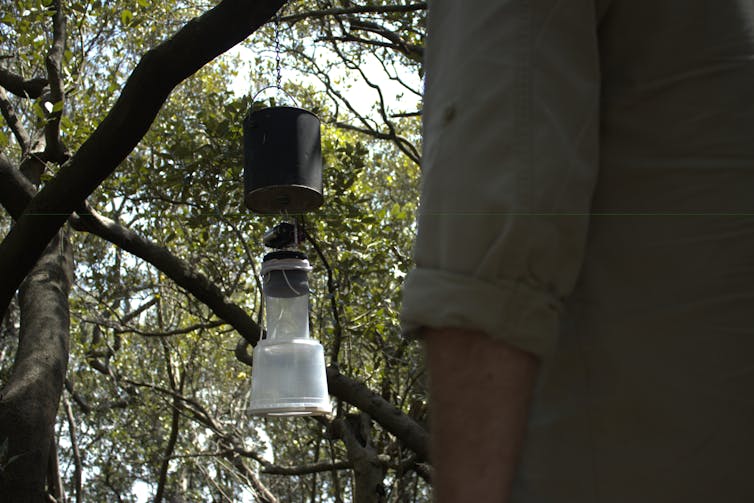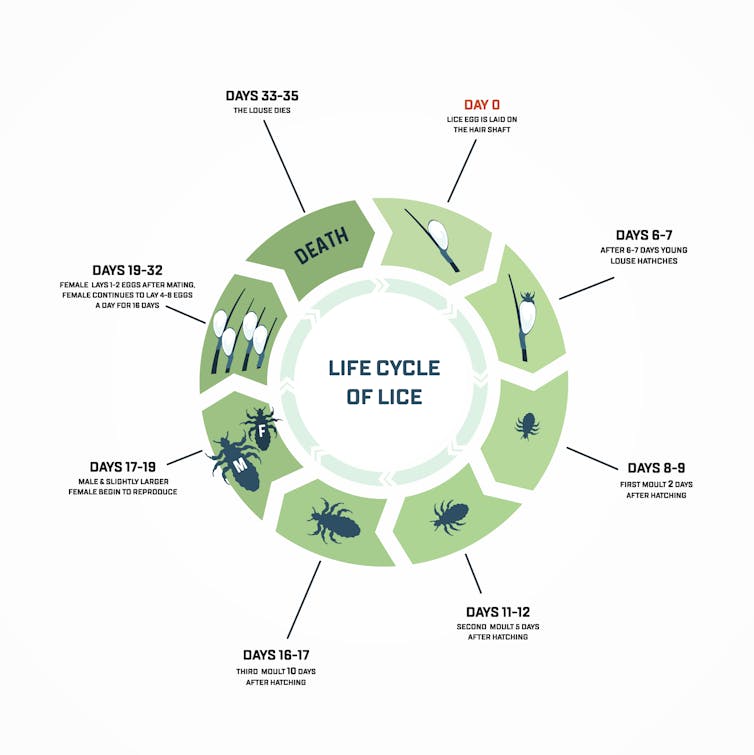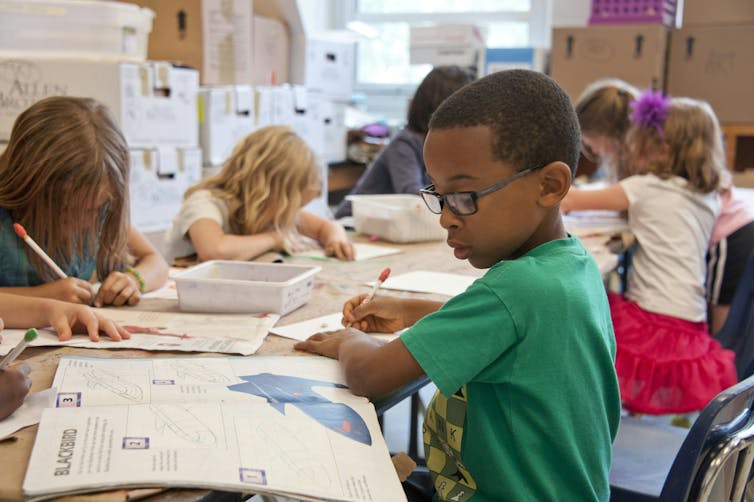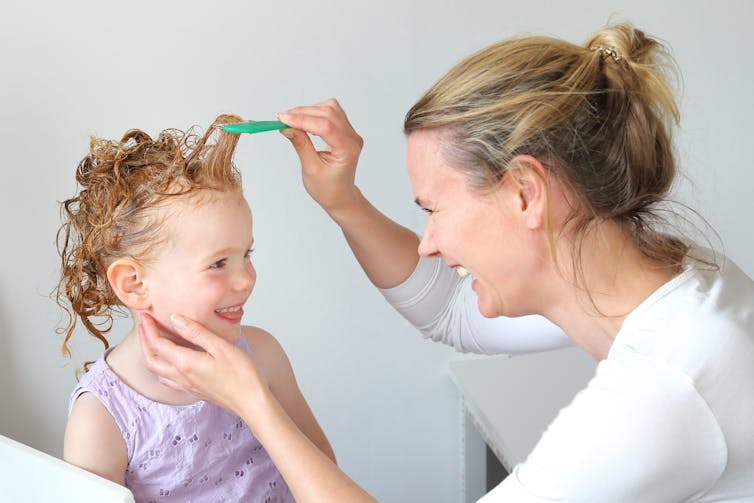NSW Health Pathology is proud to be part of the NSW Government’s 1000 NSW Public Sector Apprentices and Trainees Program. For Matthew, it’s a chance to transition into a rewarding health career.
Matthew Youhanna began his traineeship at NSW Health Pathology in 2024 as a Technical Assistant at our Nepean laboratory.
The traineeships are part of a statewide program supporting apprenticeships and traineeships across the healthcare, automotive, building and construction, IT and administration sectors.
Trainees receive a nationally recognised qualification upon completion, giving their career a kickstart and allowing them to earn a wage while learning.
Matthew says he was looking for a career change when he decided to take up the pathology traineeship.
“I am overwhelmed with the opportunity I have been given,” he said.
“The level of support I have received is setting me up for a career in NSW Health. I would encourage anyone to pursue a career in health, as I have found it so rewarding.”
He said he would like to gain experience in different aspects of pathology, beyond phlebotomy (blood and sample collections).
“I can see myself having a career in Haematology – something I am very passionate about.”
NSW Health Pathology’s Deputy Director People and Culture Jess Lee says the traineeships are proving a game-changer for the organisation.
“It’s been such a positive experience across our organisation in both metropolitan and regional laboratories and offices.
“The traineeships provide meaningful, hands-on experience, and in some cases rewarding interactions with patients.
“Our staff are also enjoying mentoring and guiding the trainees through their training journey with us,” she said.











